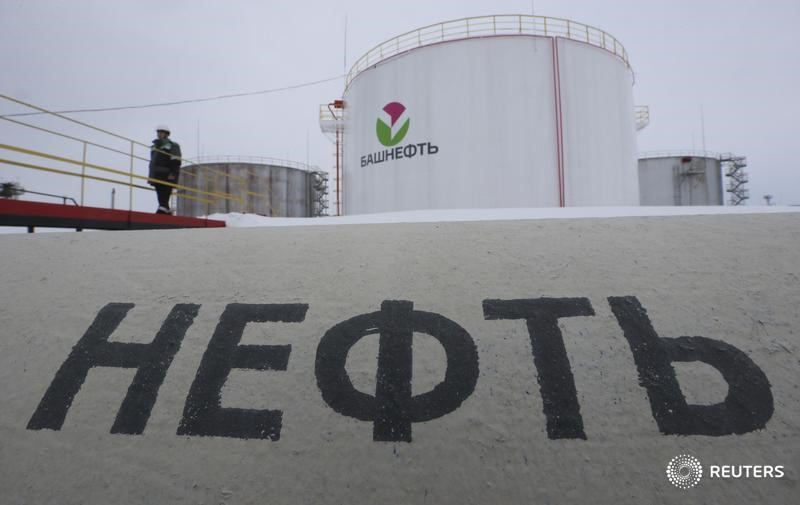By Gina Lee
Investing.com – Oil was mixed on Wednesday morning in Asia but traded near late November 2021 levels. U.S. Federal Reserve Chairman Jerome Powell signaled that the cental bank could hike rates slower than expected, a move likely to boost short-term fuel demand.
Brent oil futures edged down 0.18% to $83.57 by 11:10 PM ET (4:10 AM GMT) and WTI futures inched up 0.01% to $81.23. Both Brent and WTI futures were near their highest levels since the omicron COVID-19 variant was discovered in late November 2021, with omicron having a smaller impact on fuel demand compared to previous variants.
Powell said on Tuesday that he expects the economy will withstand the current surge in COVID-19 cases with only "short-lived" impacts, adding that “it is a long road" to anything close to restrictive monetary policy.
"A long road to normal means the economy will still see a lot of support over the first half of the year and that is good news for crude prices," OANDA analyst Edward Moya told Reuters.
Meanwhile, Tuesday’s U.S. crude oil supply data from the American Petroleum Institute showed a draw of 1.077 million barrels for the week ended Jan. 7. Forecasts prepared by Investing.com had predicted a 1.950-million-barrel build, while a 6.432-million-barrel build was reported last week.
However, the data also showed that gasoline stockpiles rose by 10.9 million barrels against expectations for a 2.4-million-barrel build. Distillate inventories, including diesel and heating oil, rose by 3 million barrels compared with forecasts for a 1.8-million-barrel increase.
Investors now await crude oil supply data from the U.S. Energy Information Administration (EIA) due later in the day.
Also giving the black liquid a boost, the EIA’s upgraded oil demand outlook, released on Tuesday, saw total U.S. demand rising by 840,000 barrels per day (bpd) in 2022 from the previous year, up from the previous forecast for an increase of 700,000 bpd. The EIA also cut its production outlook for 2022, expecting U.S. oil output to rise by 640,000 bpd compared to its earlier forecast for an increase of 670,000 bpd.
